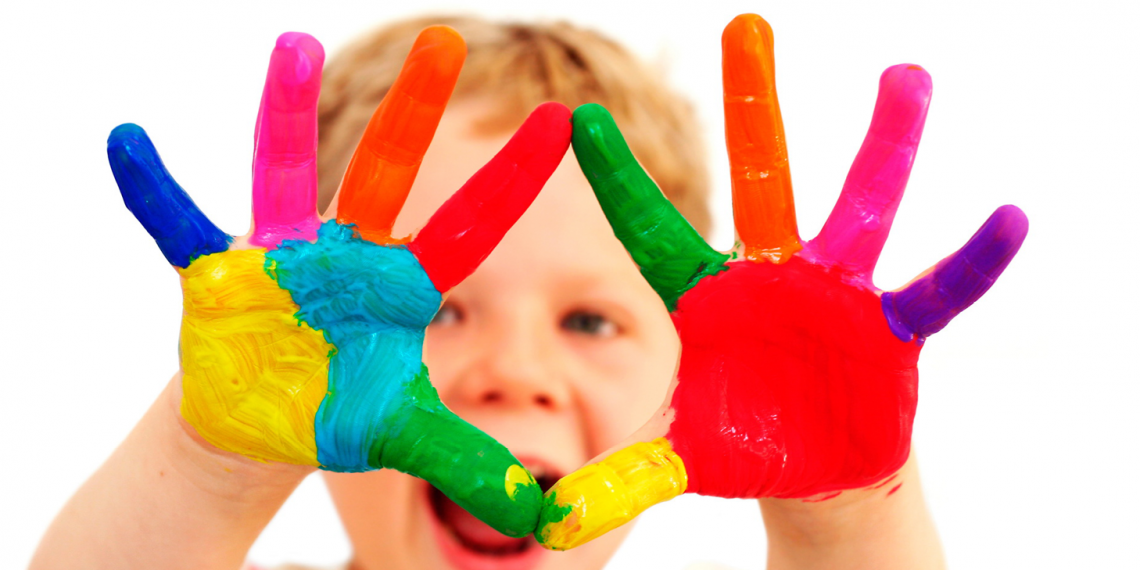You are here
What's with Keeping Children Safe Training?

The Salvation Army's Keeping Children Safe Training practitioner Tracy Boon writes about what it is to value and protect our vulnerable tamariki from abuse.
The Salvation Army's Child Protection Policy and Keeping Children Safe Training are integral components of keeping our precious tamariki (children) and rangatahi (youth) safe. Taking these courses demonstrates The Salvation Army's commitment to care for whanau and to remain a movement that drives change.
The Salvation Army's Child Protection Policy and Keeping Children Safe Training is an opportunity to be uncomfortable, to be challenged and to remind ourselves of who we are and why we exist.
An aware Army is an effective Army
'If we don’t know how to assess risk, or recognise potential signs of abuse or what to do when we are concerned - then in a sense we allow the problem to continue.'
In New Zealand, we know that one thousand children every month are proven to have been abused or neglected across all social demographics.
Right now, New Zealand leaders are interacting with children who are or have been harmed in their homes. If we don’t know how to assess risk or recognise potential signs of abuse, then we allow the problem to continue. The more educated and aware we become, the more intolerant we are of abuse and neglect and the more passionate we are for change.
As a Social Service provider in Aotearoa, completing the Keeping Children Safe training increases our integrity with those we partner with to serve children: families, staff, volunteers and agencies.
'Taking part in the Keeping Children Safe Training course made me aware of the trauma some children go through and equipped me to know what to do to keep children safe. I recommend the course and encourage people who offered the opportunity to accept the invitation.' - Commissioner Yvonne Westrupp, Territorial Leader/Territorial President of Women's Ministries
The downlow on abuse
'[Keeping Children Safe Training] is an opportunity to engage with the very real problem we have in this country regarding child abuse, child deaths and vulnerable families.'
Attending the training will make us more aware, prepared and resourced in our work with vulnerable children and families. It means we as leaders are safer, our spaces are safer and we are acting on the trust God extends us in exposing places where abuse or neglect is occurring.
There is still a lot of misinformation regarding sexual offending or child abuse - abuse occurs across every social demographic. Here are a few key pieces of information you learn in Keeping Children Safe training:
- Abuser age limits: No person whould ever be considered 'too old to offend'.
- Current abuse: Children are not likely to disclose abuse while still a child, and child abuse is happening in homes all over New Zealand, right now.
- Uniforms: Wearing a Salvation Army uniform does not in itself mean someone is ‘safe’.
- Gender: Men and women can be responsible for sexually harming children.
- Marital Status: Marriage status often has no bearing on an abuser's offending.
- Abuser grooming: Evidence tells us people who are motivated to offend against children, particularly sexually, will seek out places where they have easy access to children - particularly vulnerable, poorly supervised children. That is one of the reasons why churches need to be extra-vigilant and the reason why we include in our training information people who pose risks to children's safety.
- Staff self-care: Staff and volunteers also need to be careful about looking after ourselves and maintaining self-care. If we are tired, overwhelmed, stressed or burning out then we may inadvertently add to our families' risk factors. We might not notice, not act, not think to ask about situations that pose risk to our children and increase their vulnerability.
After I completed the Keeping Children Safe Training, I became more aware of what informative behaviour is, in children who have been traumatised. I had to become more patient and intentional about creating an environment that met the children's needs rather than insisting on them adapting to the environment I had provided.
My prayer for the children
'While children cry themselves to sleep at night as they do - I’ll fight. As they cover the bruises and scars that confuse and distress - I’ll fight.'
My prayer is that we would be the Esthers' and Moses' who put our hands up to partner with God in the story of redemption and freedom in the lives of the oppressed. There are children in our communities right now who are praying and begging God to bring change into their lives. They are hurt and confused and stuck.
They might be blaming themselves for what’s happening and they need help. We get to be a part of the answer to that prayer. This is my war cry - let it be yours:
While children cry themselves to sleep at night as they do - I’ll fight.
As they cover the bruises and scars that confuse and distress - I’ll fight.
As children walk to school hungry and lonely and distressed - I’ll fight.
As they live in a prison of fear, and of pain and abuse - I’ll fight.
While children are banished, neglected, murdered and exploited - I’ll fight.
I’ll fight to the very end.
Visit the Keeping Children Safe Training website for upcoming times and dates.
